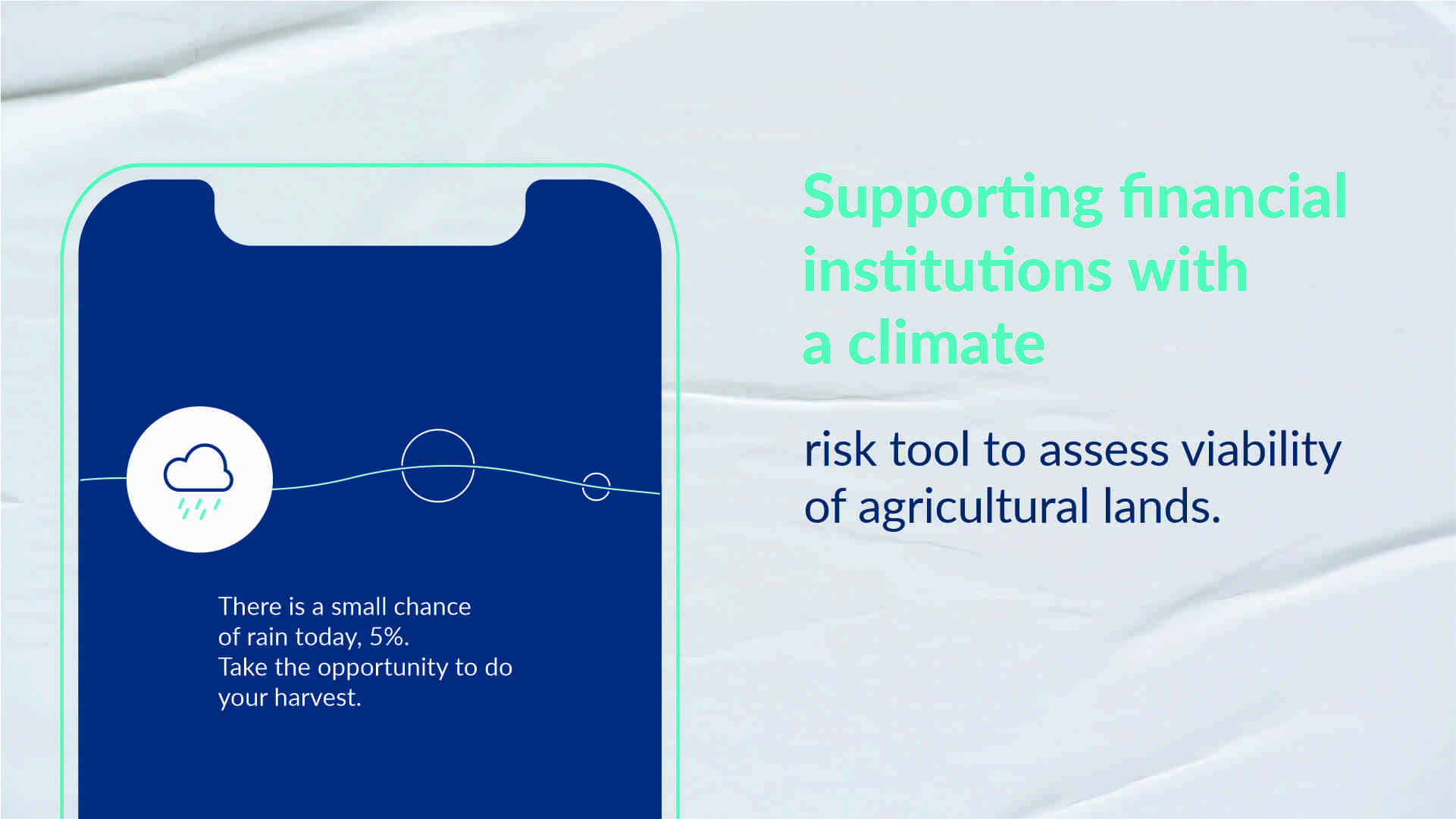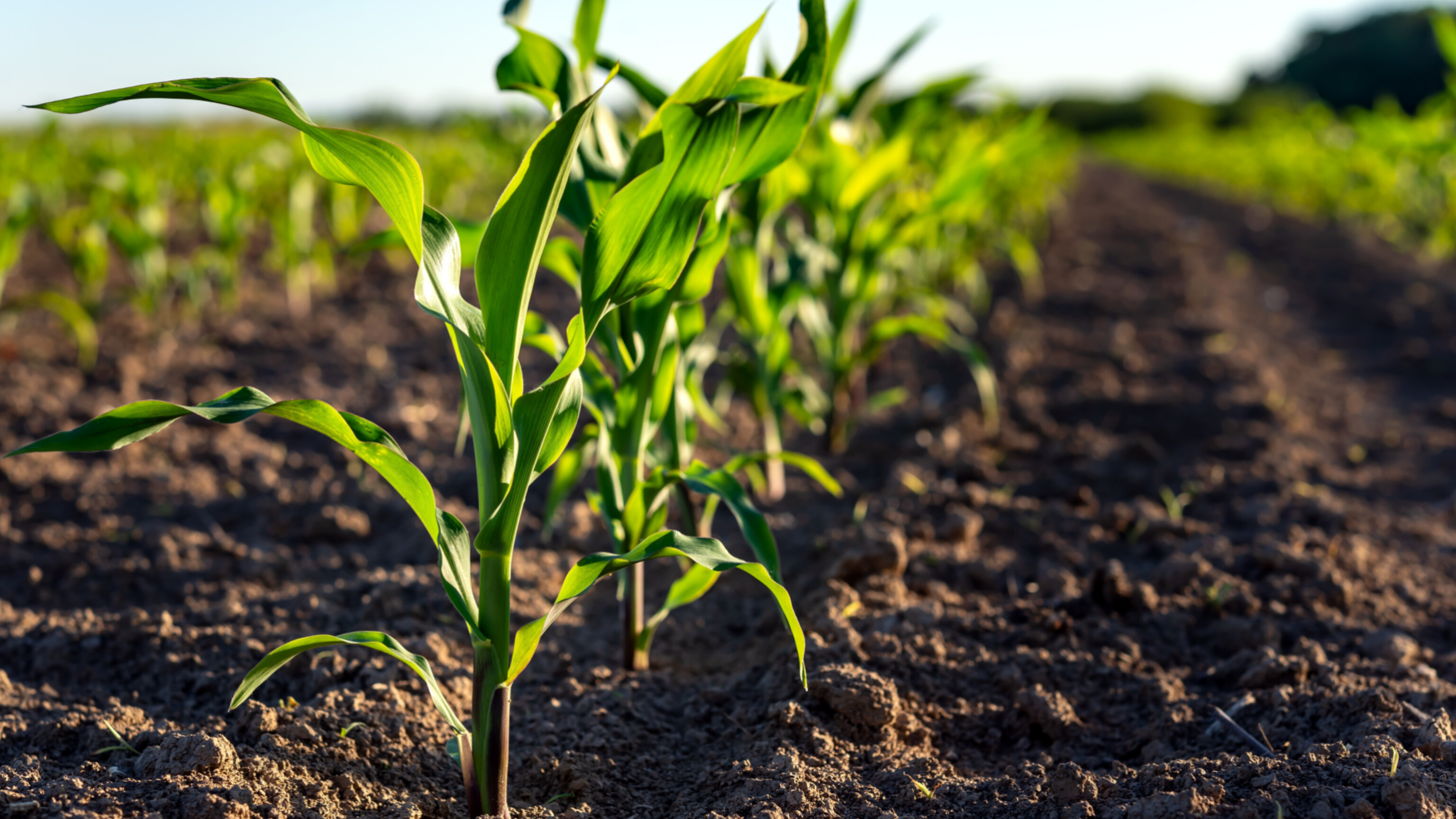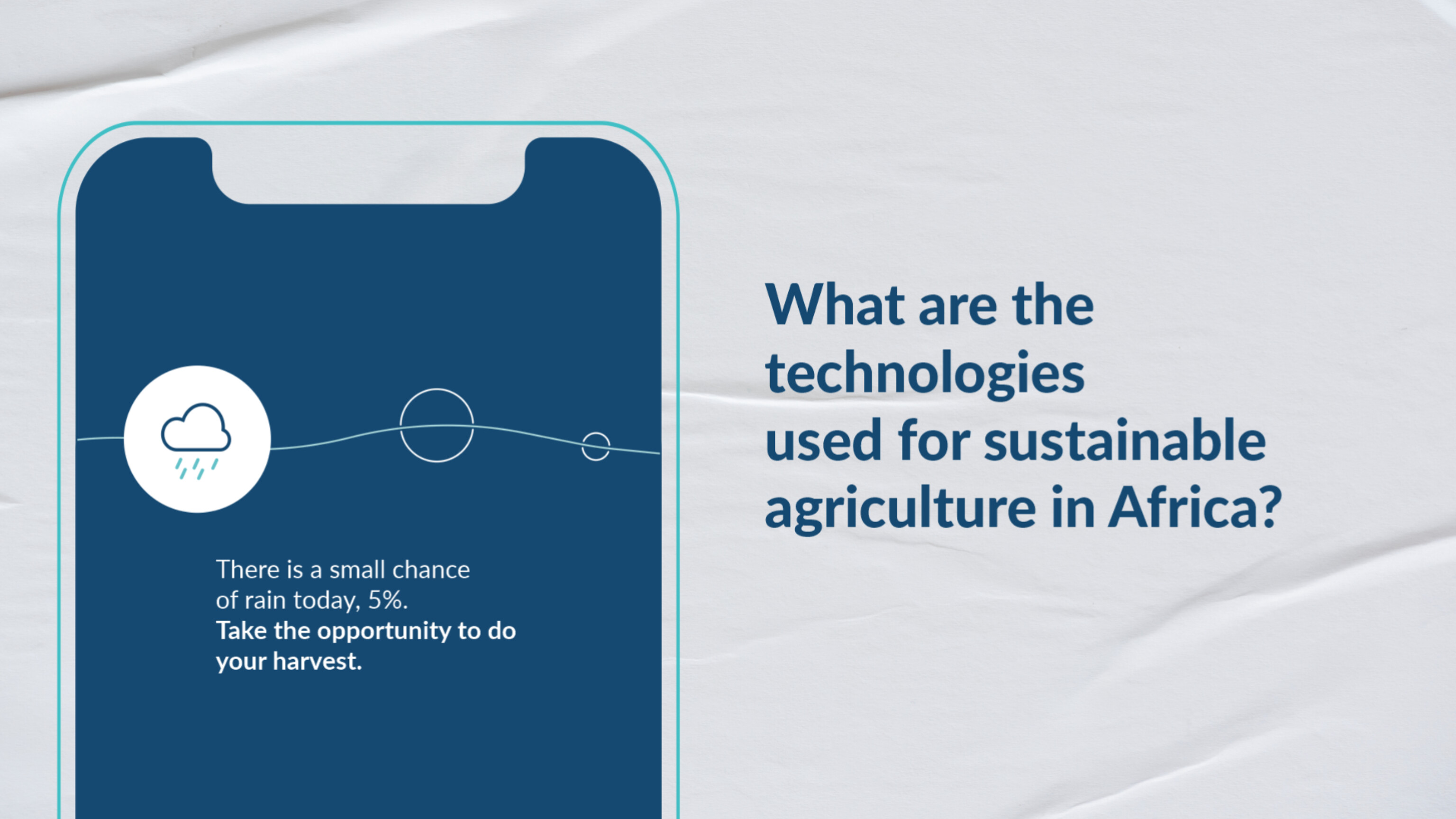If you’re like most people, you periodically check a weather app. Or, if you like to think out of the box, you do something radical like pull your curtains back and actually look out the window. You need to know what the weather will be – rainy or sunny, hot or cold, humid or dry – because this data will influence what you’ll wear, how you’ll navigate the morning commute, and your plans for the weekend.
In most parts of the world, it’s easy to access all kinds of weather information. Knowing what the weather will be is important, and even more so with our changing climate. However, for farmers around the world, weather forecasts are more than important; they’re essential. They’re essential because the weather often dictates when they should plant, when to apply nutrition and protection, and when they should harvest.
But in some parts of the world, especially the tropics, reliable information is not present. And it can sometimes be a matter of life and death.
Agribusinesses and farmers are often frustrated with the high inaccuracy of weather forecasts in West Africa.
The main cause of the high inaccuracy of weather prediction is the way weather forecasts are traditionally created, based on global models, which does not correctly represent the way the tropical climate behaves.
The problems of using the global model for weather forecasting in West Africa
The high quality global climate models, developed by renowned institutes such as NOAA/NCEP, ECMWF and UKMO, were based on the typical geographies of Europe and North America. These models generate the weather forecasts traditionally distributed around the world.
The problem is that in tropical areas, such as West Africa, the weather does not work exactly the same way as it does in the northern hemisphere. This leads to recurring errors for the regions nearer the equator, like a forecast of heavy rain for a given day, which simply does not occur. This undermines the reliability of climate forecasting platforms and can cause a lot of damage to the entire agribusiness chain.
Main reasons behind the problems of using the global climate model
The low reliability of global model predictions is caused by several reasons:
• Large-scale global climate patterns
Numerical models developed for global scale are based on large-scale weather patterns, which makes it difficult to identify small-scale phenomena that are frequent in tropical regions, such as thunderstorms and light rains. This impairs the accuracy of meteorological platforms.
• Limited resolution in the global model
The resolution of the global models is limited and can hardly see the day-to-day climate variability of the tropics which has a high occurrence of small climatic events, such as advances in air mass, high and low pressure, among others. This makes it difficult to predict these events in advance and ends up resulting in erroneous forecasts of temperature, humidity, wind, and distribution of frontal rains.
• Rainfall more difficult to predict
The spatial and temporal distribution of rainfall in the tropical regions of the globe are difficult to predict due to their random and small-scale nature (in both space and time).
• Scarce network of weather stations
Networks of ground weather stations are scarce in tropical regions. Even so, they are one of the main allies of global models for determining the weather forecast. The biggest problem with them is the post-processing of the data collected by these stations for the development of an efficient local climate model.
Building a more effective climate model for West Africa
Regional climate models that have their areas delimited by the application model address these issues and are advantageous for the possibility of detailing different climate scenarios in high resolution.
An advantage that results in a better description of meteorological parameters, improving, for example, the quality of the rainfall forecast through a better understanding of climatic factors such as surface temperature, humidity, etc.
Concerns related to post-processing and implementation of data collected from satellite are also drastically reduced with the implementation of a regional climate model, which reduces the possibility of negative impacts in different industries, especially in the agribusiness value chain.
Learn more about the ignitia climate model, designed for tropical climates, such as West Africa, or request a demonstration at the link.
References
VallGren et al. (2022). Scientific Principles of the ignitia & Review Model.







